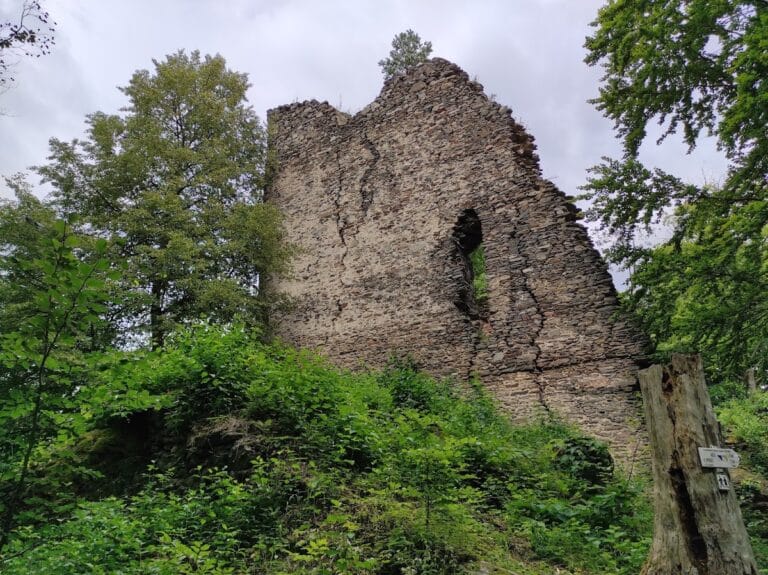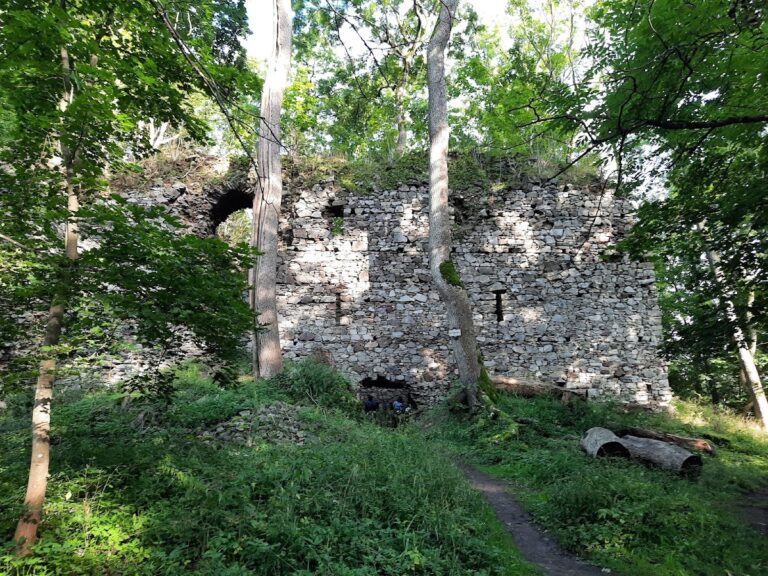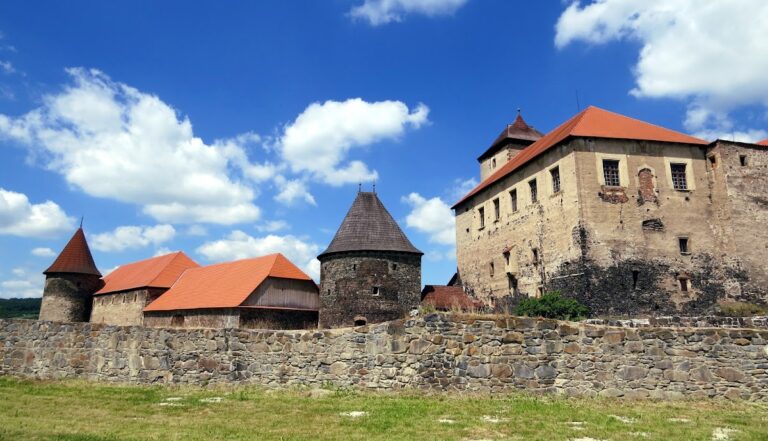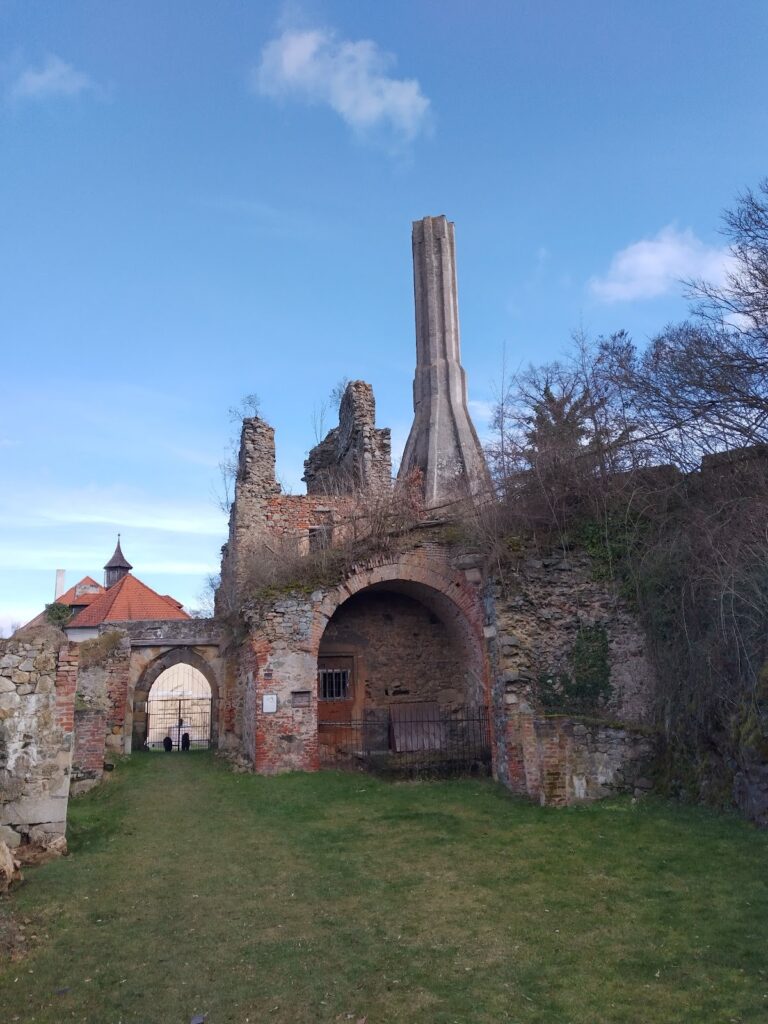Klenová Castle: A Historic Medieval Fortress in the Czech Republic
Visitor Information
Google Rating: 4.7
Popularity: Medium
Google Maps: View on Google Maps
Official Website: www.gkk.cz
Country: Czechia
Civilization: Medieval European
Remains: Military
History
Klenová Castle is located in the municipality of Klenová in the present-day Czech Republic. It was established in the latter half of the 13th century by medieval settlers aiming to control a nearby commercial route leading from Železná Ruda to Bavaria.
The earliest written evidence dates back to 1291, identifying the castle’s initial owners, known as the Lords of Klenová. During the late 14th and early 15th centuries, Přibík of Klenová, a prominent family member, enhanced the fortress by constructing a three-winged palace. This complex included a spacious hall and a chapel within its southern wing, indicating both residential and religious functions. Over this period, the castle’s defenses were strengthened with the addition of advanced fortifications, including polygonal and semicircular bastions, reflecting evolving military architectural practices of the time.
In the 16th century, ownership passed to the Harant family of Polžice and Bezdružice. Under their stewardship, the castle experienced significant rebuilding efforts that introduced Renaissance stylistic elements. Facades were adorned with sgraffito—a decorative technique involving layered plaster designs—while important structures such as the burgrave’s building were modified. This era also marked the birth of Kryštof Harant in 1564, a notable historical figure connected to the castle.
From the 17th century onward, Klenová Castle entered a prolonged phase of decline and disuse. By the 1830s, Count Eduard Stadion of Tannhausen initiated partial restoration work, reshaping parts of the castle in a romantic style fashionable at the time. He also transformed adjacent farm buildings into a late Romantic chateau, separating these from the older medieval remains. In the 20th century, the castle remained private property until 1951 when it became state-owned. After restitution returned it briefly to the family of painter Vilma Vrbová-Kotrbová, it was ultimately donated in 1993 to the Klatovy-Klenová Gallery. Since 1963, the complex has functioned as a site for exhibiting art. Recognizing its cultural significance, the castle and chateau have been officially protected as a historic monument since 1964.
Remains
Klenová Castle occupies a prominent position on Klenová hill, with steep slopes surrounding it on every side, providing natural defense. The castle’s layout includes an upper and lower section that together formed the core of the medieval complex. The upper castle is framed by the ruins of former palace buildings on three sides. Among these, the southern palace stands out as the most intact, preserving the large hall where gatherings likely took place, and an adjoining chapel indicating the site’s religious role within the castle precinct.
Descending to the lower castle, visitors find remnants of a Renaissance-era burgrave’s building—an administrative residence—and a carriage house which served practical functions. These structures are dominated by a prominent polygonal tower, which underwent a romantic style redesign in the 19th century, aligning with contemporary aesthetic preferences. On the northeast perimeter, traces of late Gothic fortifications remain, showcasing earthwork ramparts—raised banks of earth used as defensive barriers—and bastions, which are projecting parts of the fortification constructed to offer improved fields of fire.
Today, much of the castle survives only in partial walls and ruins, reflecting centuries of decay. The separate late 19th-century chateau and converted farm buildings stand beside the medieval remains but are distinct in style and function. The main access road, coming from the north, is notable for historic statues marking key points: St. John of Nepomuk near a crossroads, and St. Wenceslaus by the second gate of the castle. Alongside these are modern sculptures that blend with the historic environment. Surrounding the castle grounds, beyond the medieval defenses, lies a forest park that complements the site’s natural setting.







